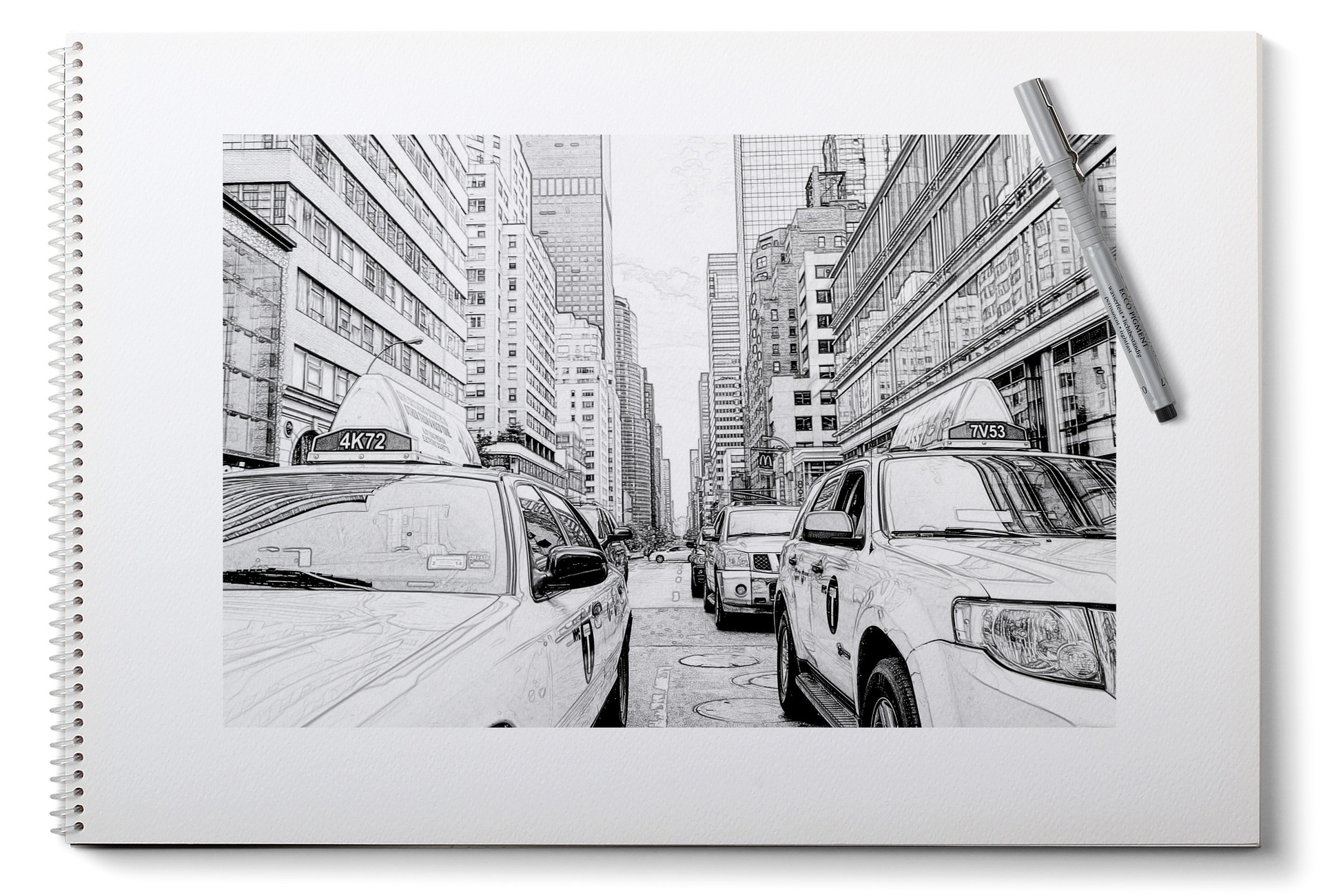
Pencil Drawing
Among all the artistic media, pencil drawing stands out as one of the simplest, yet most varied medium. At some time or other, nearly every great artist has produced notable works in pencil–which only further underlines its universal appeal. no single school of thought has predominated for long, yet the range of sub-genres available in pencil drawing is staggering–ranging from caricature and cartooning, to pure doodling and the more complex designs associated with commercial art. A pencil sketch is a rapidly executed freehand drawing. It may serve a number of purposes: it might record something that the artist sees, it might record or develop an idea for later use or it might be used as a quick way of graphically demonstrating an image, idea or principle. The term is most often applied to graphic work executed in a dry medium. Sketching is generally a prescribed part of the studies of art students.
Color Pencils
Colour Pencils are pencils that have a core of colored pigment and protective casing made of wood. Innovative creations in colour pencil art is rapidly entering a new level of appreciation in the art world. The depth and detail given in each painting is marvellous be it in the dragons, the little birdie, the unicorn, the flying fish and the foxes. Professional artists are exploring the potential ways of this art-making medium, while art collectors and enthusiasts are marvelling their output. Colour pencils have many advantages. For one thing, they are extremely lightweight and portable. They don’t require any intensive set-up – you can just take them wherever you go, open your sketchbook or drawing pad, et voila! An artmaking session with Colour pencils is just as quick and easy to clean up as it is to set up. This makes Colour pencils very non-messy compared to other art mediums.
Charcoal
Charcoal is a form of dry art medium made of finely ground organic materials. These charcoals are often used by artists for their versatile properties, such as the rough texture that leaves marks less permanent than other art media.[2] Charcoal can produce lines that are very light or intensely black, while being easily removable, yet vulnerable to leaving stains on paper. The dry medium can be applied to almost any surface from smooth to very coarse. Fixatives are often used with charcoal drawings to solidify the position to prevent erasing or rubbing off of charcoal dusts. There are various types and uses of charcoal as an art medium, but the commonly used types are: Compressed, Vine, and Pencil.
Compressed charcoal (also referred as charcoal sticks) is shaped into a block or a stick. Intensity of the shade is determined by hardness. The amount of gum or wax binders used during the production process affects the hardness, softer producing intensely black markings while firmer leaves light markings.[4]
Vine charcoal is a long and thin charcoal stick that is the result of burning sticks or vines in a kiln without air. The removable properties of vine charcoal through dusting and erasing are favored by artists for making preliminary sketches or basic compositions. This also makes vine charcoal less suitable for creating detailed images.
Charcoal pencils consist of compressed charcoal enclosed in a jacket of wood. Designed to be similar to graphite pencils while maintaining most of the properties of charcoal, they are often used for fine and crisp detailed drawings, while keeping the user’s hand from being marked.
Pen & Ink
Aside from pencil, pen and ink drawings are probably the most portable, convenient, and low-cost form of artmaking. All you need is a pen and a piece of paper, and you’re ready to make art!
Nearly everyone has doodled with a pen in the margins of their paper. Drawing with pens can be as fun and easy as that!
There are many types of pens available for drawing, such as:
- fountain pens
- graphic pens
- drafting pens
- reed pens
- and even ball point pens.
Each type of pen will result in a different quality of line. The kind of pen you prefer will depend on the type of line you would like to create, bearing in mind such qualities as thickness or thinness of the line, and fluidity versus control. The kind of pen you choose will also depend upon the type of art you want to create, in terms of style and subject.
